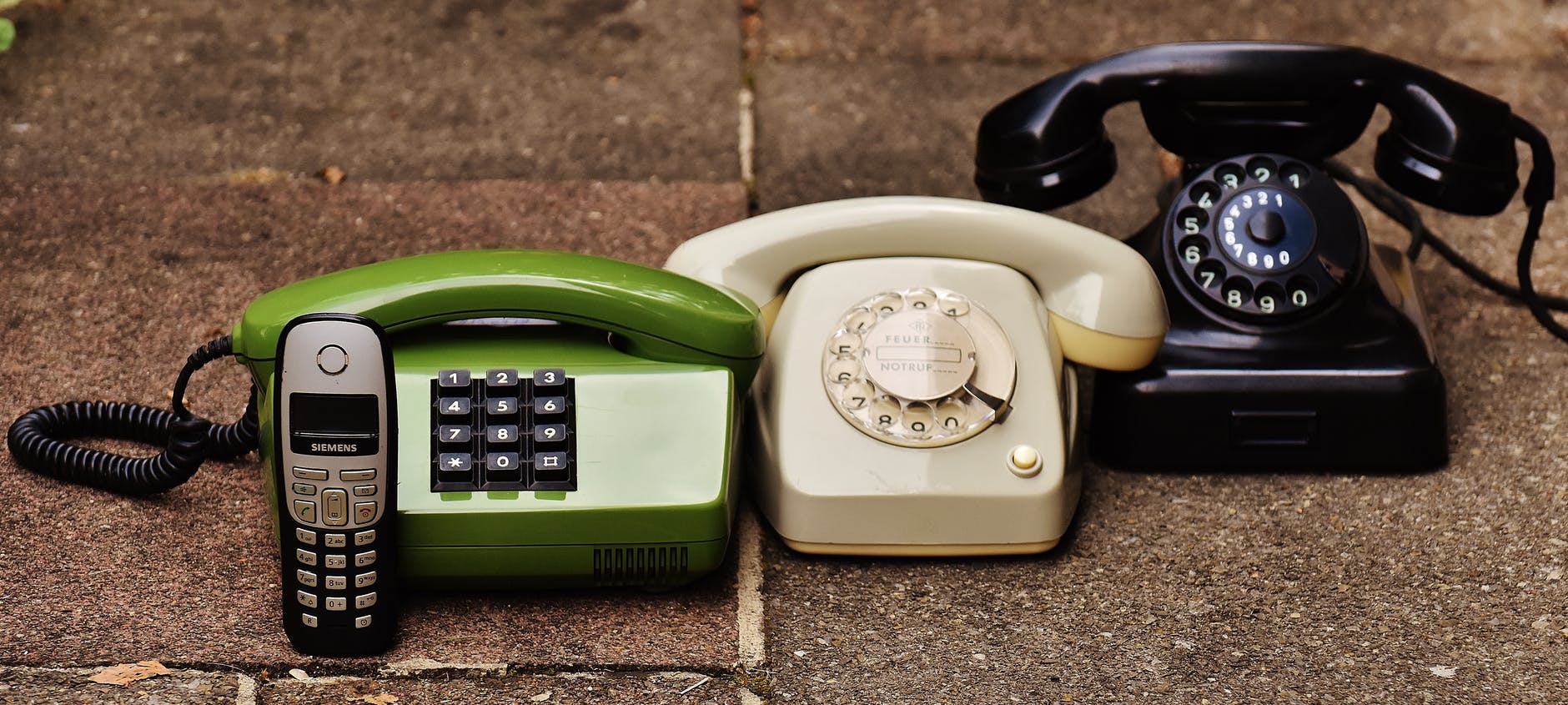
Here are a few interesting articles and blog posts I’ve read this past week.
The Feynman Technique
Kayleigh Moore discussed Nobel prize-winning physicist Richard Feyman’s step-by-step method of how to communicate simply and clearly for maximum comprehension.
- Pick and study a topic.
- Explain the topic to someone like a child who is unfamiliar with the topic (and at their level of understanding). Use simple language.
- Identify any gaps in your understanding.
- Return to the literature to understand better.
40 one-sentence communication tips
Josh Spector provides a collection of concepts to help you write, speak, and express your ideas clearly. Some of my favourites include:
- You can’t explain something you don’t understand and you don’t understand something you can’t explain.
- Use the words your audience uses.
- The main character in any story is the person you tell it to.
- Stating an opinion as a fact doesn’t make it one.
- Every word is a choice and every choice has a consequence.
You only need 200 words
Tim Denning from The Writing Cooperative wrote a piece called “Your Writing Can Go Viral Regularly with Only 200 Words.” There is a lot of great advice here on blogging, including “Make the first sentence or the last sentence of your post the headline.”
Do you have any suggestions on communicating more clearly, or great blog posts and articles you’ve read? Let me know – contact@davidgargaro.com.






